I am a fruit thief.
I believe my crimes to be victimless, but they are manifest. I wander the streets in the transitional moments between evening and night, stalking branches heavy with forgotten fruit, and I pick. I am careful and discerning; only the trees most forlorn, ignored, and besieged with unpicked fruit are targeted. I take only what I can carefully stow in my sage green LeSportsac butt pack, and I whisper a quick note of thanks before I skitter away.
Last year I liberated peaches from a tree beset with a debilitating overabundance of fruit—its branches peeled away from the trunk like string cheese. This year that same tree is bereft, not a single peach in sight.
Our neighborhood, which used to be a fig orchard, is graced by so many fig trees that by the end of summer the sidewalks are slick with sticky, figgy goo. It seems only right to take a few as community service. Street plums are plentiful. They stain the ground in jewel tones. Italian prune plums seem to be the redheaded stepchild of the stone fruits, their modest yet delicious fruit under-appreciated and left to rot. Cherries are sacred. I never take cherries. The birds and squirrels are competition enough.
Apples and pears round out the season. You can hear them hit the pavement, a loud thunk and a tumble. I gather the fallen fruit, cutting around bruises and wormholes, and I make crostata.
Before bed, during my nightly yoga practice, I find myself staring out my bedroom window to the street below, witnessing fellow thieves picking the orange and yellow cherry tomatoes we grow in raised beds on the median. In the early morning, while I’m drinking my coffee, I watch as people walking by pop blueberries from our bushes into their mouths, smiling with wonder at the tart sweetness.
I recently read a fascinating article about four writers tangled in a web of marriage, friendship, adultery, and truth-telling. One decided to tell their story through fiction, the other through memoir. Relational chaos ensued. It’s a master class in the perils of using material from your own life as fodder for creative projects.
As I read, I wrestled with a question I’ve had since I started this newsletter: How to avoid the interpersonal trapdoors of writing from my life.
I use writing as a way to make sense of the world through the tiny aperture of my point of view. And yet, I often write around the most important pieces of my own life—my marriage, my family, and my relationships. I’m constantly examining my motives, deciding which aspects of my life to divulge, and which ones to keep private.
Of course, there are always workarounds. I could choose to call it all fiction, but those who know me intimately would be able to see through the artifice and find mirrors everywhere in the stories. There would still be shrapnel. I’ve also considered autofiction, tempering my truths by only partially owning the narrative—but the lived experience is still there in plain sight.
One of my readers, a dear old friend, called me out. He told me that he thought I was holding back in this newsletter. And, he was right. I do hold back. I think about who will read these words and how they will land. And I weigh my compulsion to explicate, narrativize, and share against the possible damage I might inflict. I tread carefully here, or as carefully as I can while still honoring my lived experience.
The thing is, when I do dip into stories about my most intimate and precious relationships, I enter into shaky interpersonal territory. Because this is my forum, my narrative becomes truth. And my truth is only one possible truth.
Choosing to write about my life is choosing my story as the story. And that feels patently unfair. Nobody asks me to write. I choose to do this out of some compulsion I can’t quite explain. And I do it on the internet. The potential to cause harm by revealing something tender and fragile is there in front of me all the time. All I can ask myself is: Is it worth it?
A year has passed since our Venetian adventure.
Remembering the sound of the bells, the schools of tiny fish darting through the canals on the walk to the vaporetto in the morning, and the smell of the card catalogue room in the Marciana Library is enough to make me teary.
Andy is traveling back to Venice at the end of the month for a show, and it feels strange and wrong that we will not be there with him. Am I jealous? Yes. Am I trying not to be grumpy about the whole situation? Mostly yes. In order to make it feel a little less shitty, Cleo and I started a list of the things we want him to bring back with him.
These include:
-Laudato sie mi Signore incense that makes the house smell like a 15th century church
-Porcini bouillon cubes
-A pair of the handmade woven leather shoes from the absurdly tiny shop that looks like a closet near Campo Santa Margherita
-Perfect cotton socks in the wildest possible colors from the Bio Store
-Cute small things from Flying Tiger (for Cleo)
Here is a list of the things I wish he could bring back:
-A mortadella, pistachio, and stracciatella sandwich on crispy, oily focaccia from the stall in the market in Padova
-The mosaic floors designed by Carlo Scarpa in the Olivetti Foundation
-Free universal health care and a social safety net
-A vintage mahogany Riva boat
-The feeling you get when you’re walking through Venice at night, when all you can hear are the echoes of your footsteps, the slosh of the water, and the clanking of forks and knives on plates, and you can sense the collective weight of all that living and dying all around you. It’s eerie and gorgeous and unreproducible.
It’s taken almost a full year to move back into our home. We’ve slowly extricated boxes of glass and ceramics, uncovered the paintings and photographs we lovingly packed into the farthest reaches of the attic, and started to repopulate the house with the accumulated objects from the past 24 years of our life together.
Both Andy and I have deep nesting instincts. We like to hunker down and grow gardens and fill our house with books, plants, and beautiful ephemera. Our house—whom we’ve named Donna— is solid and thick and smells like a lady of a certain age if you leave her buttoned up for too long. She’s old, creaky, and sometimes feels too big for our little family of three, but when she is filled with a large group of teenagers —which happens more and more these days— her size feels just right.
We are flanked by two enormous cedars—a Western redcedar and a Portland Heritage Incense cedar—along with a towering Oregon white oak, all on a city lot. The oak is home to a family of squirrels, one of which Cleo named "Mr. Big Balls" when she was eight. Recently, a great horned owl has been hooting at us from its canopy. The incense cedar houses a family of raccoons who are living large off the fat of the land. One of them is so big and lumbering that I once mistook it for a bear cub.
Our yard is dry and shady, growing food on it has been a continual challenge with mostly underwhelming results. The birds, squirrels, bunnies, moles, rats, and other humans in our neighborhood are rather assertive gardening companions. Thankfully, our neighbor lets us grow vegetables in the south-facing raised beds in front of her house, and we can produce enough food during the summer to make it feel like we’re doing something right. This year, our beans, peas, kale, peppers, tomatoes, and zucchini are plentiful, while our cucumbers are seedy, bitter, and shaped like partially inflated water balloons (last year they were long, graceful miracles of crisp tastiness).
Andy and I work well together in the garden, despite our petty grievances. I admit to constantly moving plants around, and he is compelled to collect plants even when there is no space or their fate is perilous. In the garden, we’ve developed a language of compromise born from mutual desire, we both love plants and want our home to feel like an urban oasis for all living things, but that language definitely includes bickering.
It’s been a challenging year in many ways — a year of awkward adjustments and change.
Andy spent the year riding a wave of demand and productivity, putting in long hours in the studio and hustling to make ends meet. The market for shiny glass objects waxes and wanes, so when there's a call to produce, he heeds the call and delivers. He’s constantly negotiating the desire to make his own work—the more sculptural, experimental, harder to sell pieces—against the need to make money. There’s grief in the space between what he dreams about creating, and what he actually has the time and the resources to make.
He creates beautiful, intricate, breakable things—and he sweats. It’s exhausting and stressful work, the inherent fragility of the final product seems to be both the allure and the punishment. I’ve noticed that anxiety is a common symptom of the craft. People who make their living blowing glass and then shipping it around the world are a unique breed.
I came home from Venice desperate to get back to making things with my hands. As much as I feel compelled to write, the experience is often not pleasurable. Writing is slow, torturous work for me, while working with clay feels completely intuitive and joyful. As soon as I set up, and sink my hands into that mud, I’m gone. Flow happens quickly and completely. Each day, as I walked to the ceramics studio, I marveled at my good fortune. I also felt the crushing weight of needing to figure out how to make a living.
The thing is, I was not expecting how emotional it would be to step away from a career. I underestimated the way that 20 years of teaching, 17 of them in the same school, would leave their mark on my sense of purpose and identity. To be the novice in mid life is humbling. People tell me I’m being brave, but mostly I just feel overwhelmed and incompetent. I marvel at the tsunami of new vocabulary, skills, competencies, and institutional knowledge I’ll have to learn before I can get my feet under me. In the vulnerable hours of the early morning, I wallow in self doubt, second guessing my decision to upend the predictability and financial security of my former working life. That’s when I have to remind myself that although I was good at my job, and it provided stability, it stole too much from me.
This is all to say that as we’ve settled back into the rhythms of a life that is both familiar and unfamiliar, we’ve struggled. We’ve both been a little sad and mired in longing for what we left behind. We cracked open the possibility of a different life, and then we returned to the one we had before, this time with new challenges. And even though we have an incredible community of friends, love our home and neighborhood, and feel bone-deep gratitude for it all, that other reality still exists. And it was a good one.
Swifts are bedding down in our neighbor’s chimney each evening. This is the first year they’ve chosen this spot. Swift watching is something of a Portland sport. There is a famous chimney at Chapman Elementary School in NW Portland that draws thousands of people each night in early fall to watch the spectacle. People bring picnics, children slide down the steep grassy hills of the playground on pieces of cardboard, the Audobon Society sets up shop, and the general atmosphere is a raucous festival devoted to birdwatching. It’s a scene so joyous and ultimately beautiful that I am willing to find parking (a nightmare) and brave the crowds (I am not a big crowd person) in order to partake.
The collective noun for a group of swifts is a scream. The scream swirls and circles, darting around the chimney until the right moment, when they finally dive in. The spontaneously choreographed movements are both lyrical and dramatic. Birds of prey swoop, eliciting shrieks of terror from the crowd.
Our scream of swifts is smaller, but they evoke the same dramatic tension. I can brush my teeth and observe the dance, their flight so taut and purposeful. How amazing to go to bed knowing that you share your home with hundreds of birds jostling for nighttime respite, snug and cozy right there in your chimney.
And that’s all for now.
xoxo!
-Belle
Hot Links
The Cleo/Belle (and Andy, reluctantly ) Grey’s Anatomy summer marathon continues. At this point in the series one of the characters is having an affair with a ghost, so, maybe there’s not much more to say?
I blew through Octavia Butler’s Parable of the Sower. What a book. It’s terrifying and startlingly relevant—prescient, really. In the second book of the series, Parable of the Talents, she straight up predicts the rise of a politician just like Trump, AND the slogan “Make America Great Again,” 20 years before it all went down.
Andy and I watched Furiosa and loved every depraved minute of it (aside from some of the ridiculous CGI). I usually can’t stomach excessive violence in movies, but the art direction and sound design is so over-the-top amazing that I squinted my way through all the impaled, burned, and vivisected bodies. We even went back and watched Mad Max: Fury Road the next day to fully re-immerse ourselves in that world.
I re-watched A Bigger Splash, and still found it to be weirdly underwhelming, but I’ve decided Tilda Swinton’s wardrobe in the film should be my signature look (I love Tilda always). I tried fruitlessly to take screenshots. It’s all Dior, so it’s not going to happen any time soon, but a girl can dream.
I finally watched American Fiction and was delighted to realize that it was adapted (from the Percival Everett novel Erasure) and directed by Cord Jefferson, who also wrote on a ton of my favorite shows (Watchmen, The Good Place, Master of None, Succession, and Station Eleven). The film manages to address issues of race and identity in the literary world in a deeply funny and moving way. Also, it’s important to note that Cord Jefferson is smoking hot.
I’m doing a ton of reading for school (more on that to come) and for my death doula work. Here are some standouts:
Advice for Future Corpses: A Practical Perspective on Death and Dying by Sallie Tisdale, who also happens to live in Portland. Tisdale is a nurse and Buddhist dharma teacher who writes beautifully and matter-of-factly about the practical and spiritual aspects of death and dying. Big recommend.
I’m also immersed in all things enneagram. I got curious about it during lockdown, and am now digging deeper. I just read and was rattled by Claudio Naranjo’s Enneagram of Society: Healing the Soul to Heal the World, a complicated and philosophical book about the shadow aspects of the enneagram. It’s definitely not the place to start if you’ve never encountered the enneagram before, but if you’re enneagram curious, Susan Stabile is a sweet and funny entry point. I’ve also enjoyed Beatrice Chestnut and Uranio Paes’s podcast, though the production value is not great.

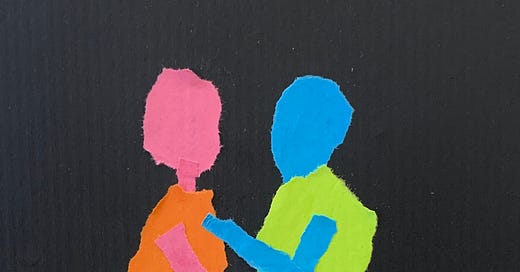



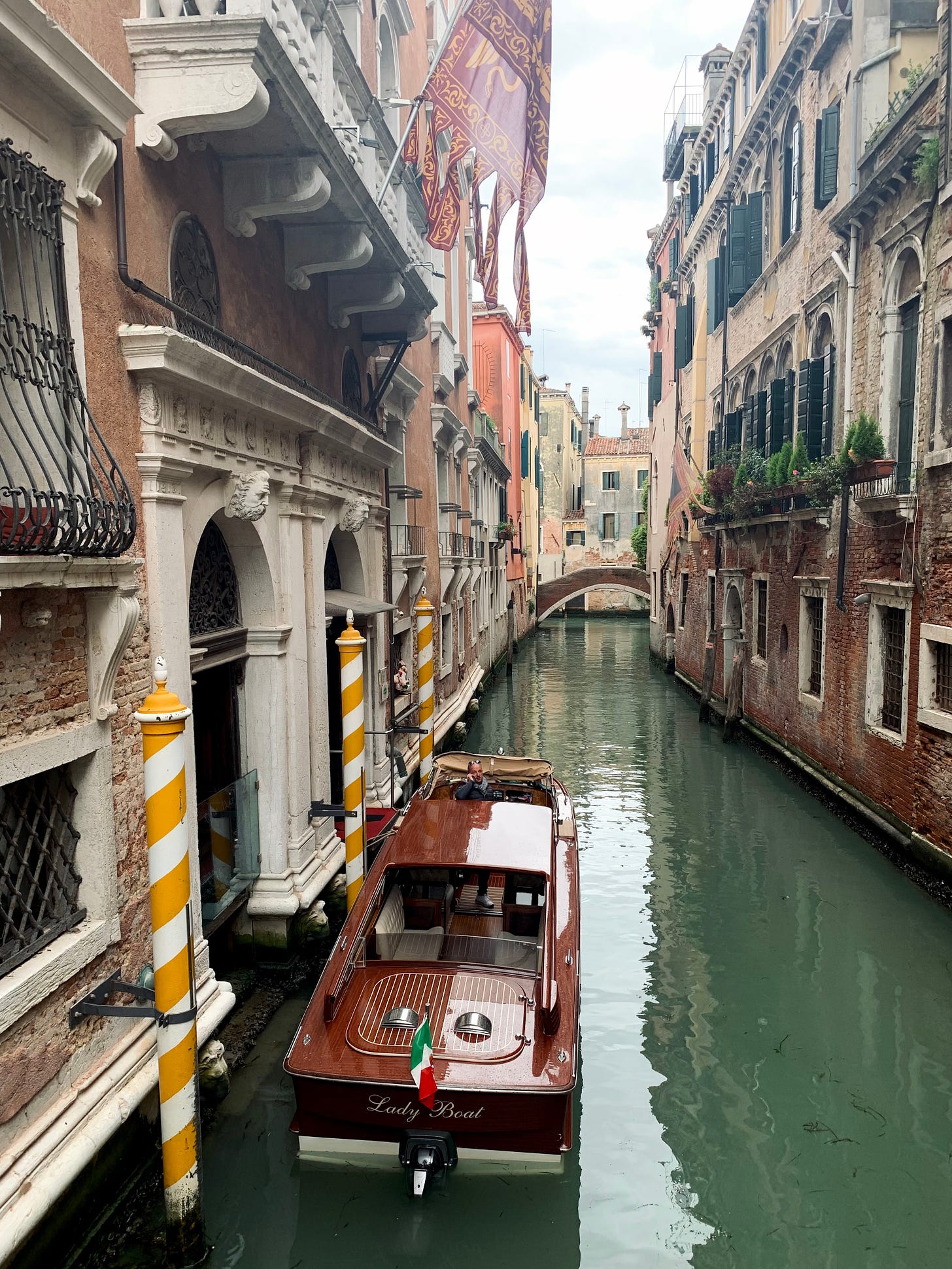
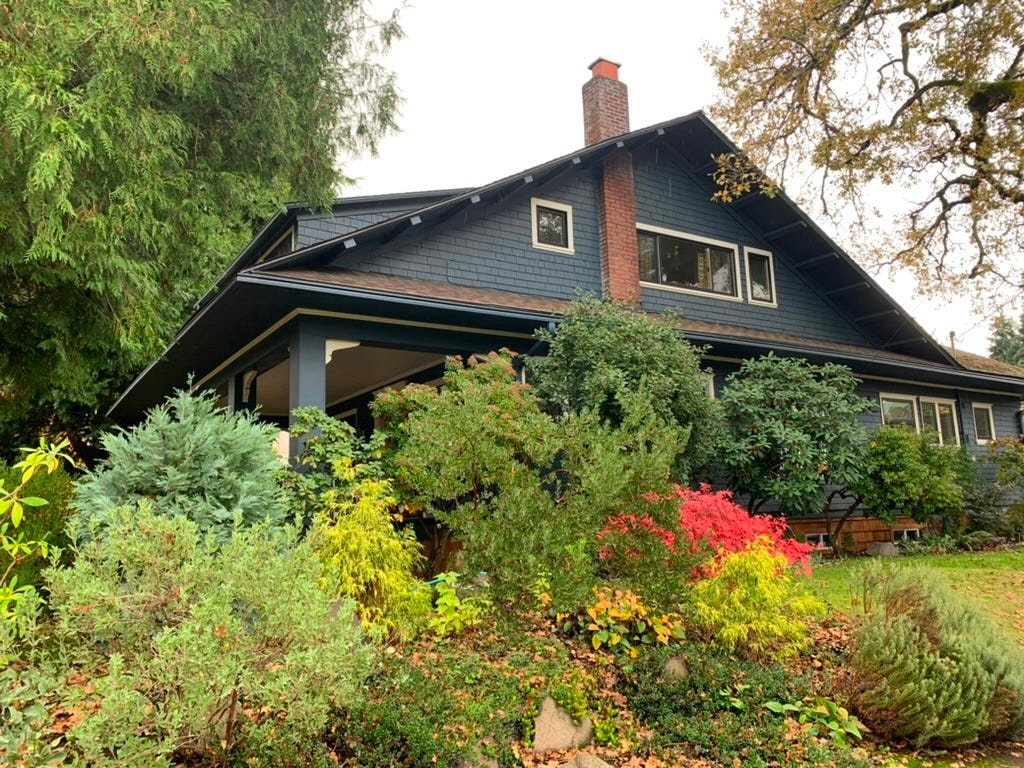
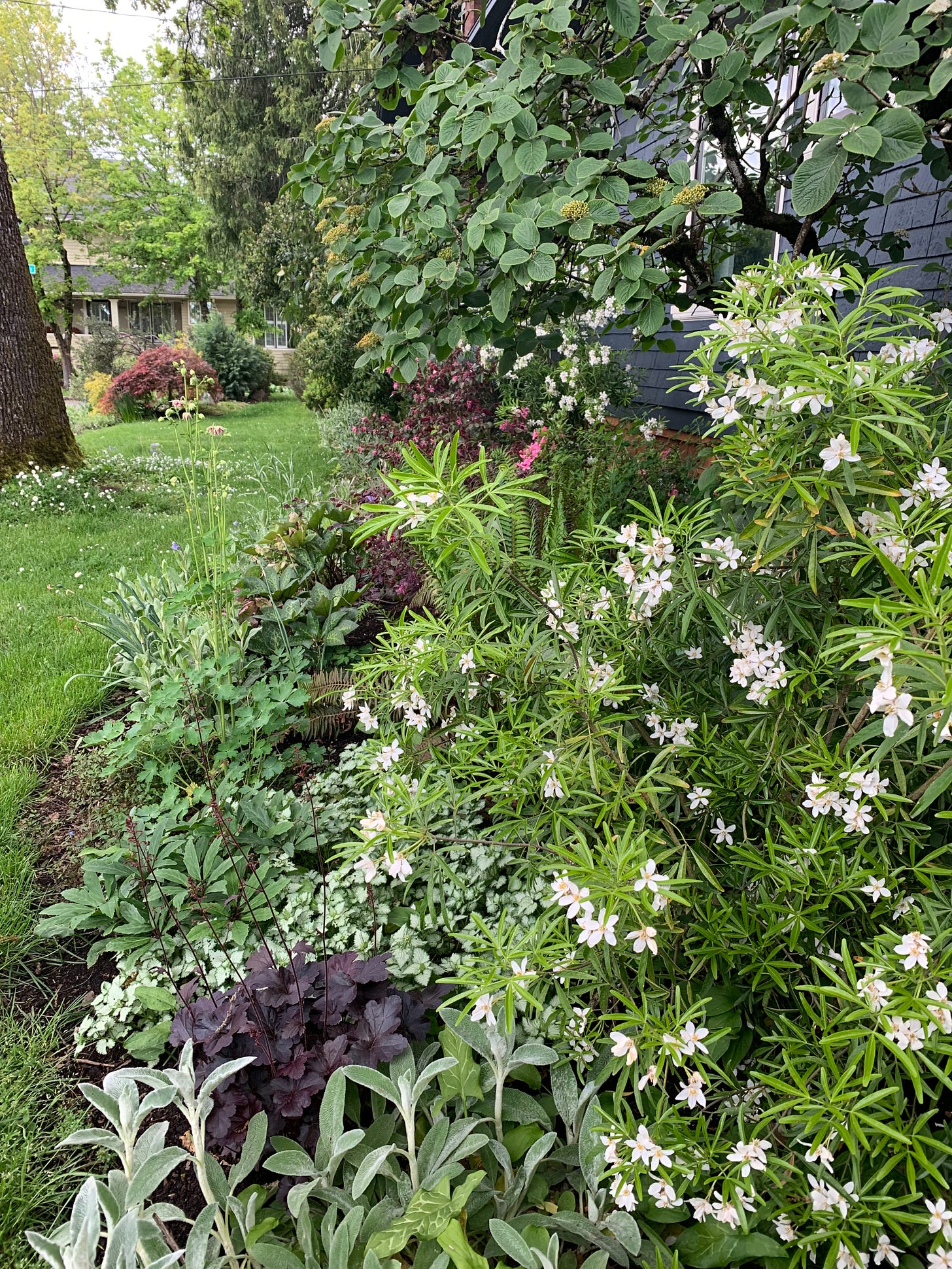
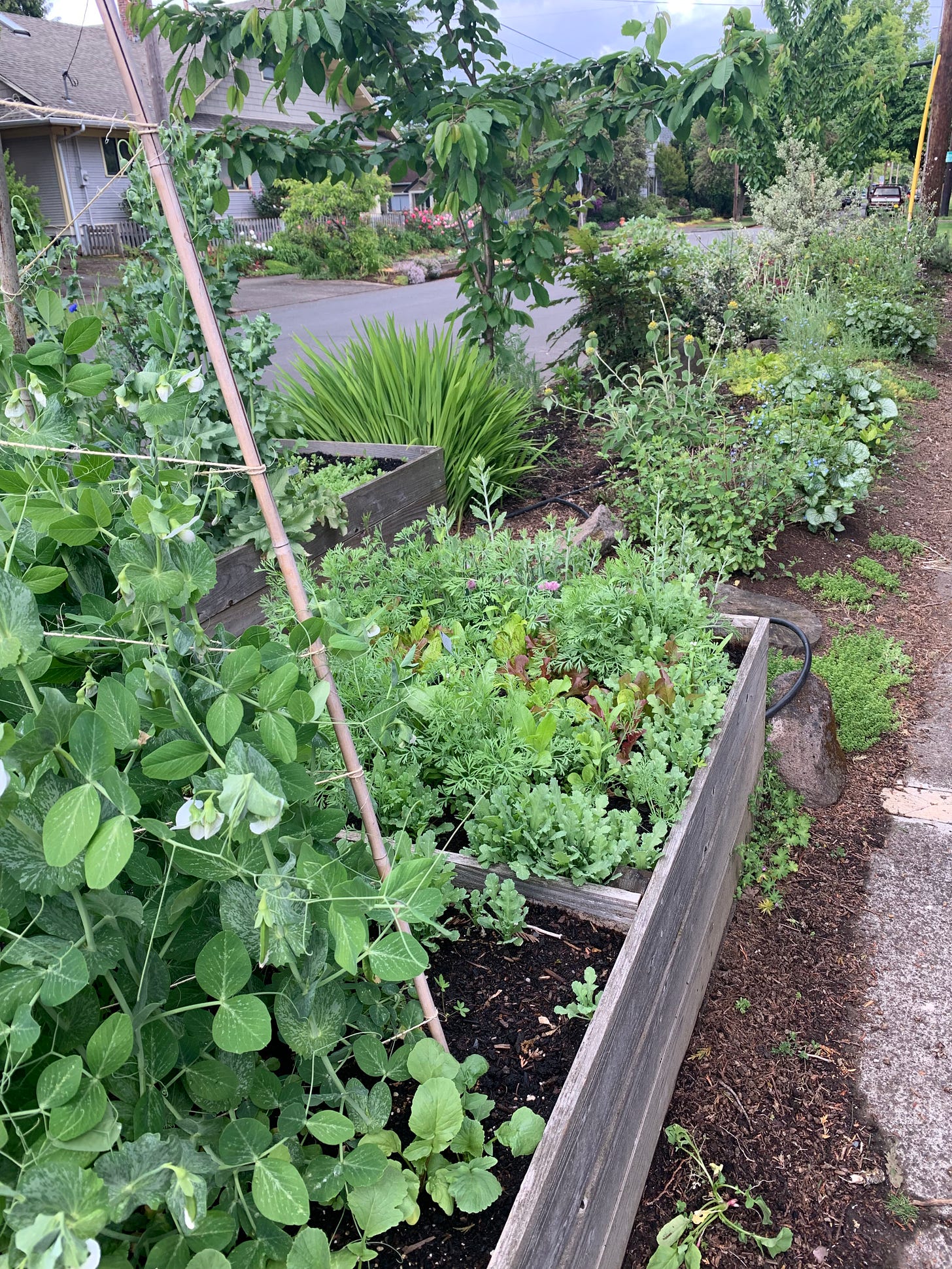
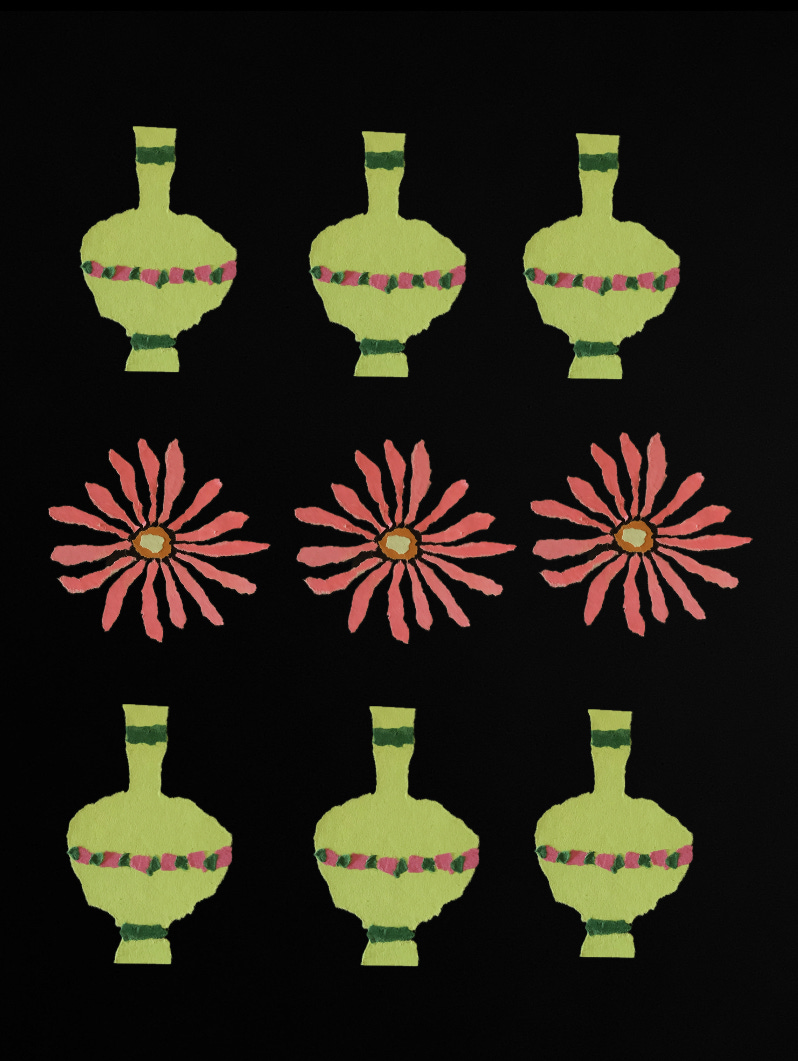
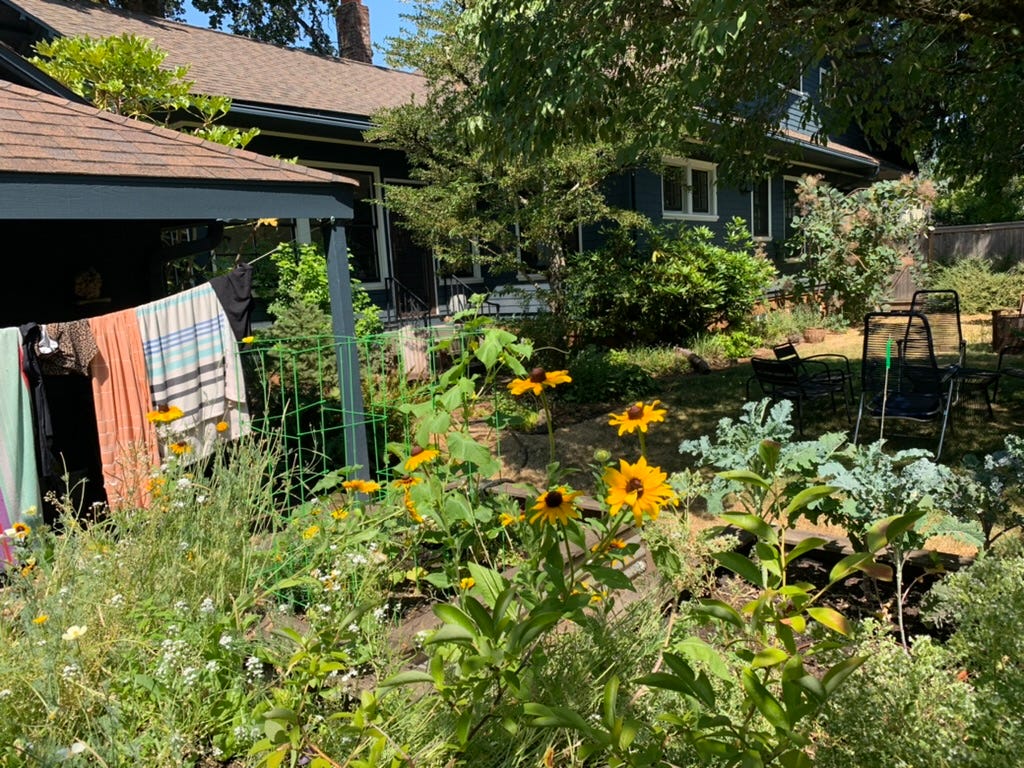
I look forward to every single one of these. Your voice… I get it, I love it.
I too am a fruit thief, sort of. In my neighborhood, those of us with fruit trees give each other permission to snag fruit. People take from my orange trees, and I get to enjoy the plums, apricots, lemons, persimmons and avocados from my neighbor's trees.